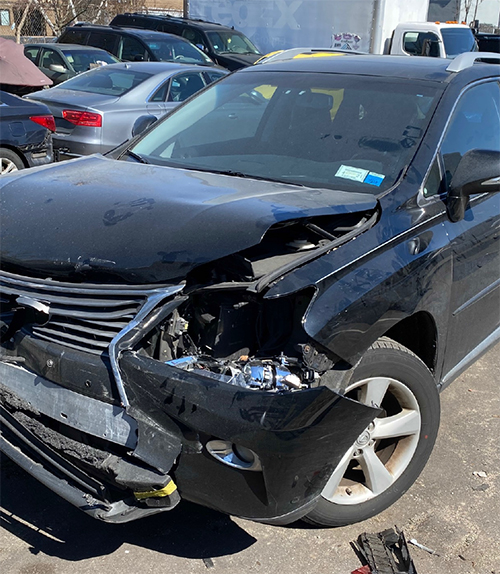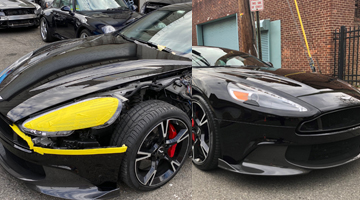Total Losses Under Covid 19
BY JOHN A. WALCZUK
The impact of COVID-19 on total loss settlements appears to result in a wind fall of profits for insurance carriers. Let me explain my conclusion and the facts I based it upon.
From mid-March 2020 through the summer months of 2020, new car production was below demand, resulting in a substantial and continuous rise in used vehicles’ selling prices. That converts into bonus prices at the salvage yards for totaled vehicles. Your first conclusion is that those with totaled vehicles would reap some financial benefit just based on price increases. It makes sense to draw that conclusion, but it is far from the impact that the insureds have been realizing.

From July 2020 through the end of October 2020, totaled cars and trucks experienced substantial under valuations in proposed total loss settlements. The average settlements offered to vehicle owners by the insurance carriers are below actual cash value by 20%, with some reaching as high as 60%. The carriers, however, are receiving large increases for totaled vehicles from the salvage and auction organizations. The increase in salvage payments decreases the actual loss costs the carriers incur and results in an increase in profits.
While the sample used to draw this conclusion is small by any statistical method, it is based on our negotiated settlements for cars and trucks in nine different states. The fact that the sample states are from the northeast to the southwest is important and demonstrates a consistent approach by the carriers.
When challenged on proposed settlement offers, we typically hear the same old response; the most common being “we do not control the database companies that determine the value, and they are licensed to provide valuation services in the state.” This is usually followed by a COVID-19 comment about the carrier having fewer staff in the field. We haven’t been able to determine why having fewer staff in the field should result in lower settlement offers.
Many carriers have also eliminated several field staff positions saving other costs, and have opted for virtual valuations. (The legality of using a virtual approach is not supported by current statutes in some states.) Could this be one contributor to the low settlements being offered? Do pictures really capture the condition of loss vehicles? It would appear to be part of the answer. However, our increased use of independent appraisals and the resultant settlement increases indicate more than just fewer field employees and reliance on photos.
We accept the fact that database companies are licensed by each state where they provide services. However, why are the offered settlements so low in relation to the actual market values? Remember, we presented the fact that current vehicle supply is not meeting demand, which has resulted in a continued price increase for available vehicles. So, supply versus demand should, in fact, result in higher offers for total loss vehicles. That is a logical conclusion but one not supported by settlements that are proposed.
One must also consider how the database companies draw their comparable samples. Part of the price difference is supported by the fact that data base companies can use vehicles that were listed for sale 90 days prior. So, if a replacement vehicle now has a higher price in the current month but the valuation is based on units from 90 days prior, what is the result? Instant lower settlement offers!
Previously we noted the inequities that are apparent with the use of database systems in determining total loss settlements. Now, with the current issue of supply and demand and the increased use of virtual determinations, the only consistent valuation method would require an independent appraisal. Unless you fully understand how the appraisal clause in the insurance contract can be used, a carrier may attempt to scare the insured and possibly present a less than true picture on using this option.
As professionals, we rely on using the appraisal method more consistently. With increased settlement results form 20% on average, to as much as 60%, you can draw your own conclusion. The consistent increases we obtain are not outliers but can be seen as supporting the biased and incorrect measurement of total loss settlements proposed by insurance carriers.
COVID-19 might be a contributor to the low current total loss settlement offers. However, we see this more as an opportunity that the insurance carriers have recognized to make changes with one goal, to increase their profits.
At ZB Negotiations we handle these types of cases daily and we are here to help. Call or email us.
ZB Negotiations
ALL ARTICLES
DID YOU KNOW? ALL IS NOT LOST WHEN YOU LEASE YOUR VEHICLE

Aston Martin 2018 Vanquish S
REPAIR.......... $48,000
Diminished Value............ $43,000

